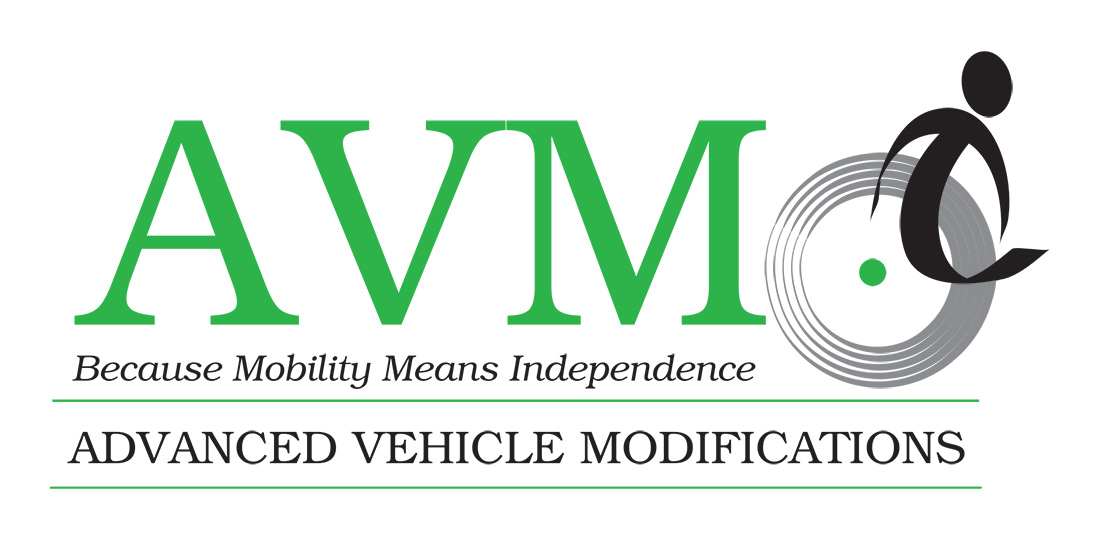It starts with a phone call from someone having trouble driving – “sometimes I can’t be sure my foot is on the brake” or “sometimes I miss the brake pedal and I’m worried that I’m going to run into someone if I can’t stop the car. Is there something I can do?”
We talk a little longer and I recommend that she stop by my office/shop to see what we can do to eliminate her concern caused by her reduced sensation due to peripheral neuropathy.
We talk about whether a left foot accelerator or mechanical hand controls would be best for her individual situation. This is not a “one size fits all” business. I take my time in explaining the use of both the Left Foot Gas Pedal and the Hand Controls. Together, we come to the conclusion that the Push Right Angle Hand Control would work best for her. She is hopeful this will improve her confidence behind the wheel.
We make an appointment for a Driving Evaluation by me at AVM. I am a CDRS, Certified Driver Rehabilitation Specialist, and have the training and the credentials to properly perform the evaluation, recommend appropriate equipment, and provide driver training with the equipment.
Still a little nervous and unsure, she arrives at AVM for her evaluation. Once completed, I recommend hand controls, steering knob and pedal block. We start the installation of the equipment in her vehicle while she is practicing using the control on our test stand. Her confidence is starting to grow. I have seen this many times – anticipation of a safer way to drive with more confidence and better control.
Several hours later, her vehicle is ready. Now, the real training begins. First, we just sit in the car and she can see the controls she will be using. She notices how nicely the hand controls fit under the dash and steering column. “They look like they belong there.” Installing hand controls properly is an art.
Next, we start the vehicle and test the controls with the car in park. The idea is to train the brain that “Brake is Forward.” “Push Forward on the controls for Brake.” “Brake is Forward.” Brake is Forward.” For acceleration, you rotate the control toward your knee or hip. Two distinct and separate movements. I demonstrate an exercise to do each time she gets in the driver seat for the next few days:
1. Push Forward for Brakes
2. Release
3. Rotate for Gas to Bring and Hold the Engine’s RPM’s at about 1,500
4. Return to Idle
5. Push Forward for Brakes
6. Repeat Five(5) Times
This exercise builds the reflexes and muscle memory before moving the vehicle. Once learned, it will no longer be needed.
Now on to driving. My student this day started out a little nervous, but once she saw just how little effort was needed to stop the car, she became very comfortable and confident using the hand control. After our driving session, she expressed her thanks for the patient explanation of the process and her renewed ability to safely drive with the new equipment.


